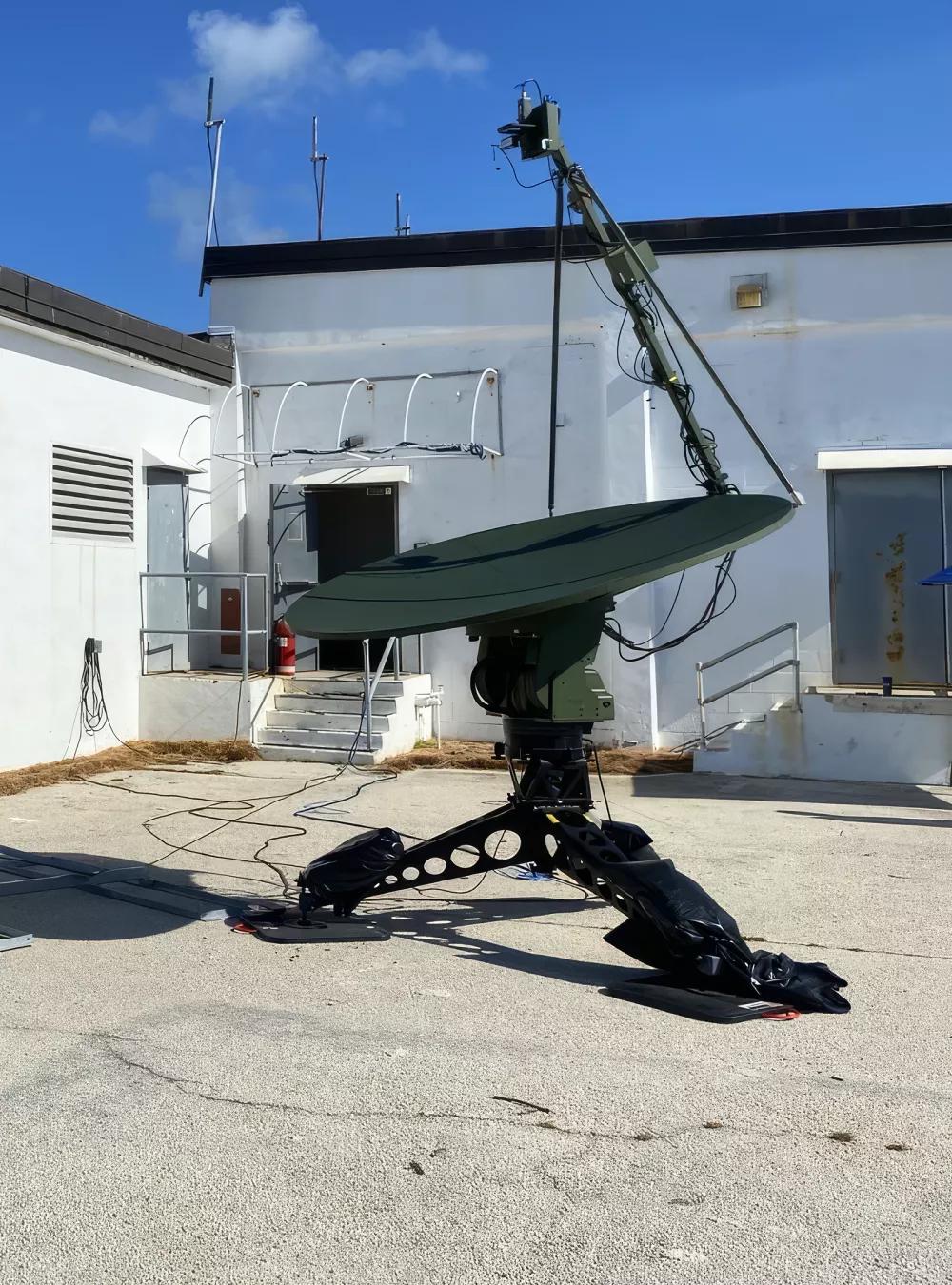Undeterred by longstanding challenges to deploying defense technology, a MITRE team recently "went wild" to get a mission-critical capability ready for operations—faster and more affordably.

Mission Possible: Accelerating Solutions for Warfighters
MITRE job postings include qualifications typical of many technology companies, from engineering skills to software knowledge. What don't they include?
Able to deploy to austere locations, bear extreme temperatures, navigate rugged terrain, and maintain calm amid assorted wildlife.
Yet some of our staff do exactly that in their work for our U.S. Defense Department sponsor. Because developing and deploying military capabilities often requires going to the same kind of exacting environments where warfighters operate.
In May, a group of engineers from our national security division found themselves in just such conditions, evaluating specialized technology for the U.S. Intelligence Community. At a remote location in Florida, the MITRE team scanned the sky with 1.2-meter and 2.4-meter satellite dishes for signals of interest. A cadre of uninvited observers bore witness: iguanas, snakes, and more, all unimpressed with the work at hand.
This work bridges the divide between theoretical engineering and capabilities our sponsor can deploy tomorrow.
The field tests enable DoD to more quickly move the innovation from the laboratory into operations—at a fraction of the cost and system size, weight, and power.
"This work bridges the divide between theoretical engineering and capabilities our sponsor can deploy tomorrow," says Matt Eager, senior technical staff in MITRE's Intelligence Center.
As the not-for-profit operator of DoD’s federally funded R&D center for national security, MITRE brings more than six decades' experience advancing warfighting innovations—solely for the national interest.
Decreasing Risk, Increasing Efficiency
Technology development can stall for months, even years, in what's known as the "valley of death." Common challenges include bureaucracy, gaps in funding, and competing priorities. Understanding capabilities sooner, and moving faster through proof-of-concept, can pave a substantially more-efficient, less-risky path to transitioning technology.
The team in Florida, which included several former U.S. Special Operations Forces personnel, conducted field testing after months of system engineering work primarily at our Colorado Springs site. To ensure the new, low-cost approach would work in a combat environment, our experts improvised solutions to some unique challenges.
In the field, steering of the satellite dishes no longer occurred automatically, using predetermined coordinates to move the dish with a motorized mount. Instead, our engineers used a special technique to move the dishes (sometimes manually) while operating an oscilloscope to search for a relevant signal.
Other obstacles encountered and overcome: electrical faults created by unstable power, unexpected signals, and sudden interference.
By the end of their time in the sunshine state, the MITRE team not only MacGyvered their way through rigorous testing and evaluation procedures—they ensured a capability ready for real-world operations.
Next up?
"We're looking for a cooler spot for future related testing and evaluation," Eager says. "Wherever that is, it'll be about making sure the warfighter is equipped in all types of environments."
Join our community of innovators, learners, knowledge-sharers, and risk takers. View our Job Openings and Student Programs. Subscribe to our MITRE 360 Newsletter.